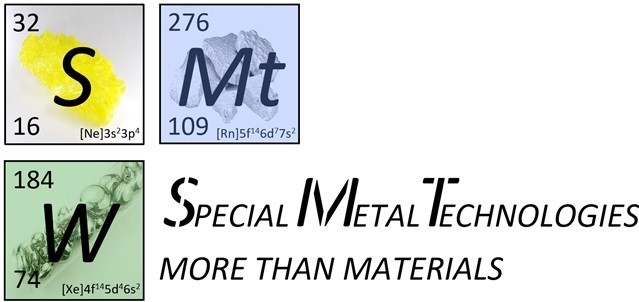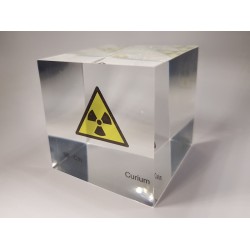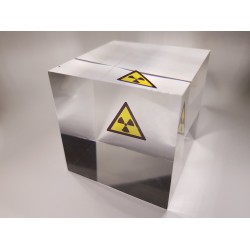- Shop
- Acrylic cubes
-
Elements
- Hydrogen
- Helium
- Lithium
- Beryllium
- Boron
- Carbon
- Nitrogen
- Oxygen
- Fluorine
- Neon
- Sodium
- Magnesium
- Aluminium
- Silicon
- Phosphorus
- Sulfur
- Chlorine
- Argon
- Potassium
- Calcium
- Scandium
- Titanium
- Vanadium
- Chromium
- Manganese
- Iron
- Cobalt
- Nickel
- Copper
- Zinc
- Gallium
- Germanium
- Arsenic
- Selenium
- Bromine
- Krypton
- Rubidium
- Strontium
- Yttrium
- Zirconium
- Niobium
- Molybdenum
- Technetium
- Ruthenium
- Rhodium
- Palladium
- Silver
- Cadmium
- Indium
- Tin
- Antimony
- Tellurium
- Iodine
- Xenon
- Cesium
- Barium
- Lanthanum
- Cerium
- Praseodymium
- Neodymium
- Promethium
- Samarium
- Europium
- Gadolinium
- Terbium
- Dysprosium
- Holmium
- Erbium
- Thulium
- Ytterbium
- Lutetium
- Hafnium
- Tantalum
- Tungsten
- Rhenium
- Osmium
- Iridium
- Platinum
- Gold
- Mercury
- Thallium
- Lead
- Bismuth
- Polonium
- Astatine
- Radon
- Francium
- Radium
- Actinium
- Thorium
- Protactinium
- Uranium
- Neptunium
- Plutonium
- Americium
- Curium
- Berkelium
- Californium
- Einsteinium
- Fermium
- Mendelewium
- Nobelium
- Lawrencium
- Rutherfordium
- Dubnium
- Seaborgium
- Bohrium
- Hassium
- Meitnerium
- Darmstadtium
- Roentgenium
- Copernicium
- Nihonium
- Flerovium
- Moscovium
- Livermorium
- Tennessine
- Oganesson
- Buch
- References
- Periodic Tables
- Metalle Wimmer
- Metametals
Curium
Curium, with the chemical symbol Cm and atomic number 96, is a fascinating artificially produced chemical element. It was first discovered in 1944 by American scientists Glenn T. Seaborg, Ralph A. James, Ralph O. Morgan, and Albert Ghiorso.
The name "Curium" pays tribute to the eminent scientists Pierre and Marie Curie, pioneers in the field of radioactivity. The discovery took place during the Manhattan Project, a secret research program that led to the development of atomic weapons. Curium is produced by irradiating plutonium in nuclear reactors. Curium is extremely rare on Earth and is primarily produced in nuclear reactors or through the decay of other transuranic elements. Due to its strong radioactivity, Curium has limited applications. It has been used in medicine for specific research purposes and in analytical chemistry.
The key Curium isotopes are Curium-242, Curium-243, and Curium-244. Curium-242 has a half-life of about 163 days, Curium-243 about 29 years, and Curium-244 about 18 years.
There are 2 products.
Active filters


